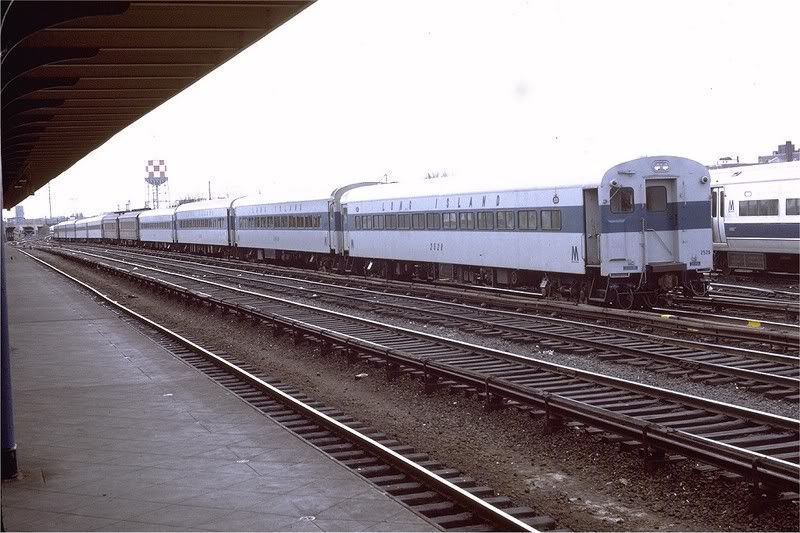My understanding was, when they were still electric coaches the dynamic brakes were still in them. The dynamic brake was removed when they were converted to push pull coaches. I could be wrong, but dynamic brake is not something that can be turned on and off, it has to be removed. It is in laymans terms an electrical field generated by the friction of the motors which is then used to brake the coach.During braking, the motor fields are connected across either the main traction generator (diesel-electric locomotive, hybrid electric vehicle) or the supply (electric locomotive, electric vehicle) and the motor armatures are connected across braking grids (rheostatic) or the supply (regenerative). The rolling wheels turn the motor armatures and when the motor fields are excited, the motors act as generators.
During dynamic braking, the traction motors, which are now acting as generators, are connected to the braking grids of large resistors which put a large load on the electrical circuit. When a generator circuit is loaded down with resistance, it causes the generators to resist rotation, thus slowing the train. By varying the amount of excitation in the traction motor fields and the amount of resistance imposed on the circuit by the resistor grids, the traction motors can slow the train to about 5 mph (8 km/h) (for a direct current "transmission" system; for an alternating current "transmission" system, the traction motors can slow the train to nearly 0 mph (0 km/h)).
If I am wrong forgive me, but I worked a few trains when they were still in service as electric coaches, and I heard Plenty of Engineers complain how the trains were bunching up on them, because of the dynamic brake in the zip cars in the consists. The traction motors and grids were removed when they were converted to diesel coaches.
I can just imagine the Engineer of this train of mixed consist getting.."kicked In the Behind" going east, with the zip car in the lead.

 for the date you indicated. The ZIP I posted was of a later design.
for the date you indicated. The ZIP I posted was of a later design.